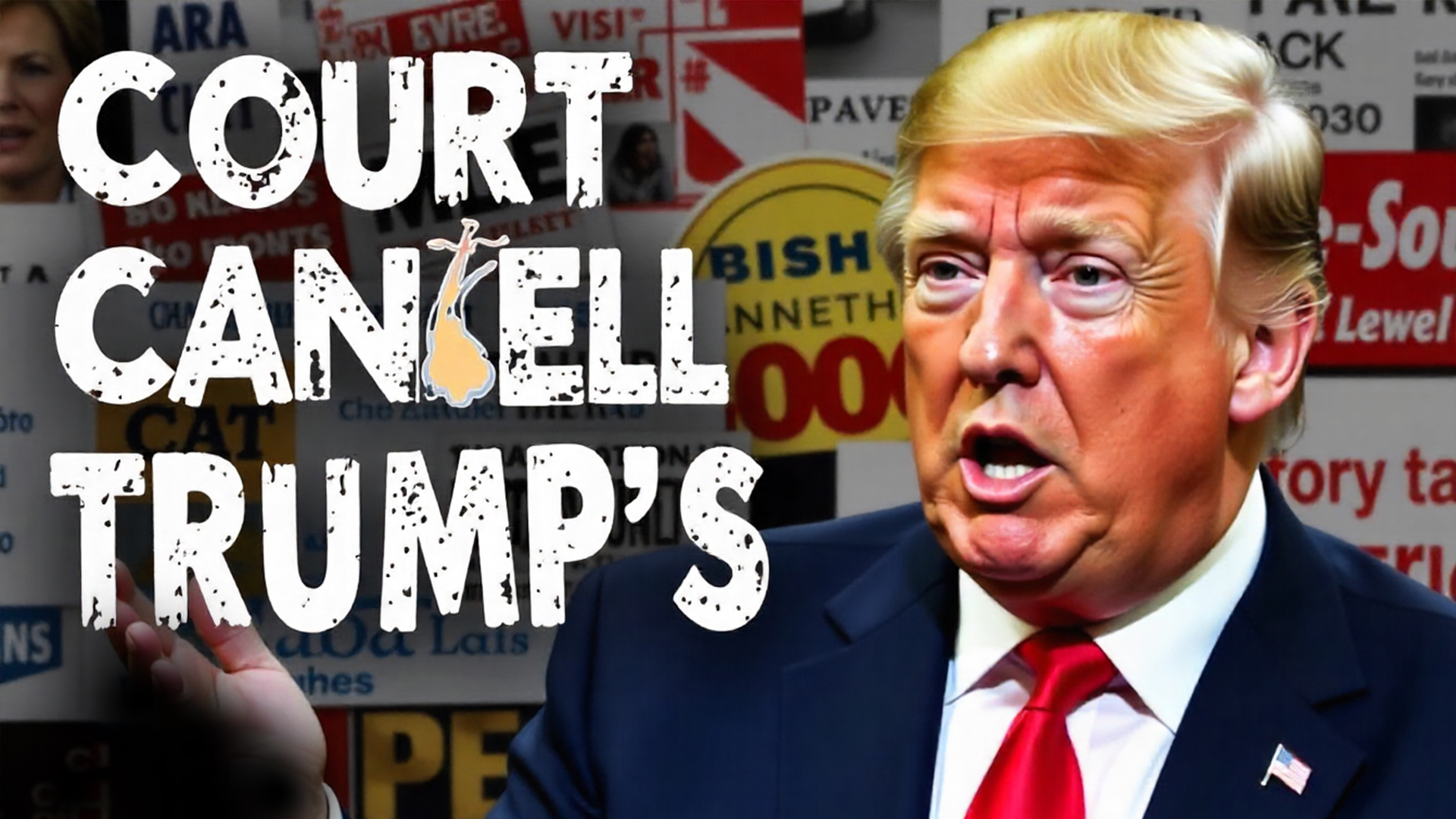The 2025 Canadian federal election began under a cloud of disillusionment. Prime Minister Justin Trudeau was rapidly losing public trust, with many Canadians blaming his Liberal government for the rising cost of living. Housing affordability was out of reach for many, grocery prices were climbing, and public sentiment pointed to what was widely seen as uncontrolled immigration policies as a contributing factor. In contrast, Conservative leader Pierre Poilievre was gathering momentum, promising to bring change and restore economic balance.
Yet, it wasn’t just domestic issues that changed the course of this election. The single most disruptive factor came from outside Canada’s borders: Donald Trump.
When the U.S. President introduced aggressive tariffs against Canadian goods earlier in the year, panic set in. Many feared this would tip the already fragile Canadian economy into recession. Suddenly, the election was no longer about who could manage internal affairs better, but about who could protect Canada in a hostile global environment.
Here are the key moments that changed the trajectory of the 2025 Canadian election:
Mark Carney Meets Trump: What This Means for Canada Amid Tariff Chaos
1. Donald Trump’s Tariff Shock Rewrites the Election Narrative
Early in 2025, President Donald Trump imposed heavy tariffs on Canadian exports, including aluminum, lumber, and beef. The blow was immediate and brutal—economic forecasts were revised downward, and Canadian industries braced for layoffs and market losses.
This move by Trump forced a complete pivot in the national conversation, recasting the election as a referendum on who was best suited to lead Canada through external economic warfare. The Liberals, previously weakened, were suddenly faced with a chance to redefine themselves under new leadership.
2. Justin Trudeau’s Exit Amid Collapsing Trust
Facing mounting dissatisfaction and declining approval ratings, Prime Minister Justin Trudeau stepped down, announcing he would not seek another term. His departure was seen as both overdue and politically necessary.
Trudeau’s resignation helped the Liberals distance themselves from past failures, especially on immigration and economic management. Many observers agreed that had he chosen to stay, the Liberals would have likely faced electoral disaster.
3. Mark Carney’s Entry: The Technocrat vs. Trump
To replace Trudeau, the Liberal Party turned to Mark Carney, former governor of the Bank of Canada and Bank of England. A seasoned economic strategist with global credibility, Carney brought calm and seriousness to a moment of high anxiety.
Many Canadians saw Carney as uniquely equipped to handle Trump’s aggression. His technocratic approach and international experience gave voters hope that Canada could weather the storm through diplomacy and strategic economic planning.
4. Pierre Poilievre’s Populist Surge
Even before Trudeau’s exit or Trump’s tariff war, Pierre Poilievre had been steadily building a populist wave. His message was clear: cut government waste, end open-border immigration, and give Canadians their purchasing power back.
The economic tension with the U.S. further boosted his appeal among working-class voters who believed Canada needed a leader willing to stand up to global pressure and put Canadians first.
5. Bloc Québécois Gains Ground in Quebec
While national parties scrambled to adjust, the Bloc Québécois quietly expanded its influence in Quebec. By painting both Liberals and Conservatives as Ottawa-centric and out of touch with Quebec’s interests, they successfully captured the attention of disillusioned voters.
Their strategy worked especially well in the wake of Trump’s trade measures, which hurt Quebec’s export-heavy industries.
6. Youth Voters Mobilize Around Climate and Stability
Climate change, education, housing, and economic instability drove a surge in youth voter turnout. Young Canadians who might have skipped the polls in past elections became active participants, drawn to Carney’s climate-forward, economy-focused vision.
In contrast, Poilievre’s emphasis on deregulation alienated many young voters who feared the rollback of environmental protections.

Mark Carney (Liberal), Yves-Francois Blanchet (Bloc Quebecois), Jagmeet Singh (New Democratic Party) and Pierre Poilievre (Conservative) before a leaders’ debate. Pic: Reuters
7. Independent and Regional Candidates Split the Vote
Adding further unpredictability, a number of independent and minor-party candidates disrupted the traditional two-party structure. From the Prairies to British Columbia, regional voices focused on local concerns—such as resource development, cost of living, and provincial autonomy—took meaningful slices of the vote.
Though few won seats, their impact was felt in close races, tipping the balance in tight ridings and forcing major parties to reconsider regional priorities.
Conclusion: A Nation Repositioned by Crisis and Choice
What began as an election about domestic discontent transformed into a geopolitical chess match. Trump’s tariffs shook the nation awake. Trudeau’s resignation opened the door for reinvention, and Carney’s emergence gave voters an alternative to both status quo and radical reform.
In the end, this election became about much more than politics—it was a referendum on Canada’s identity, resilience, and place in a world that’s rapidly shifting.





